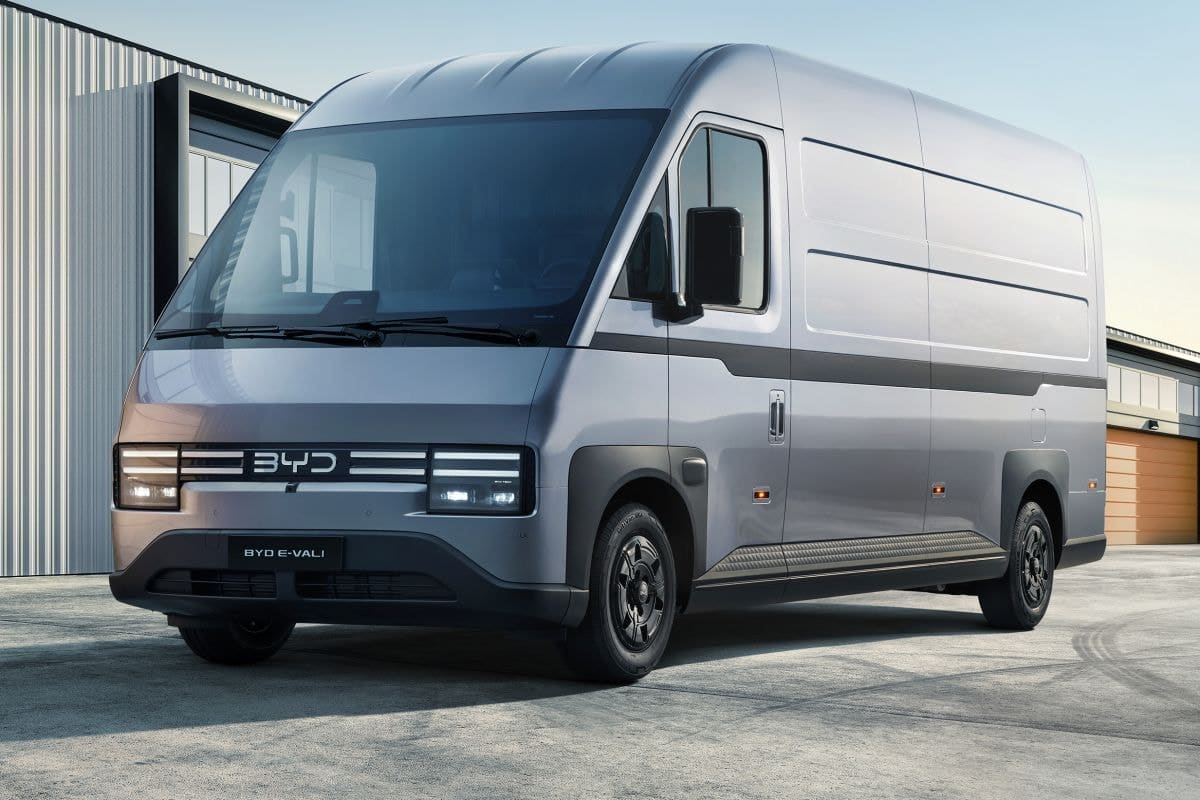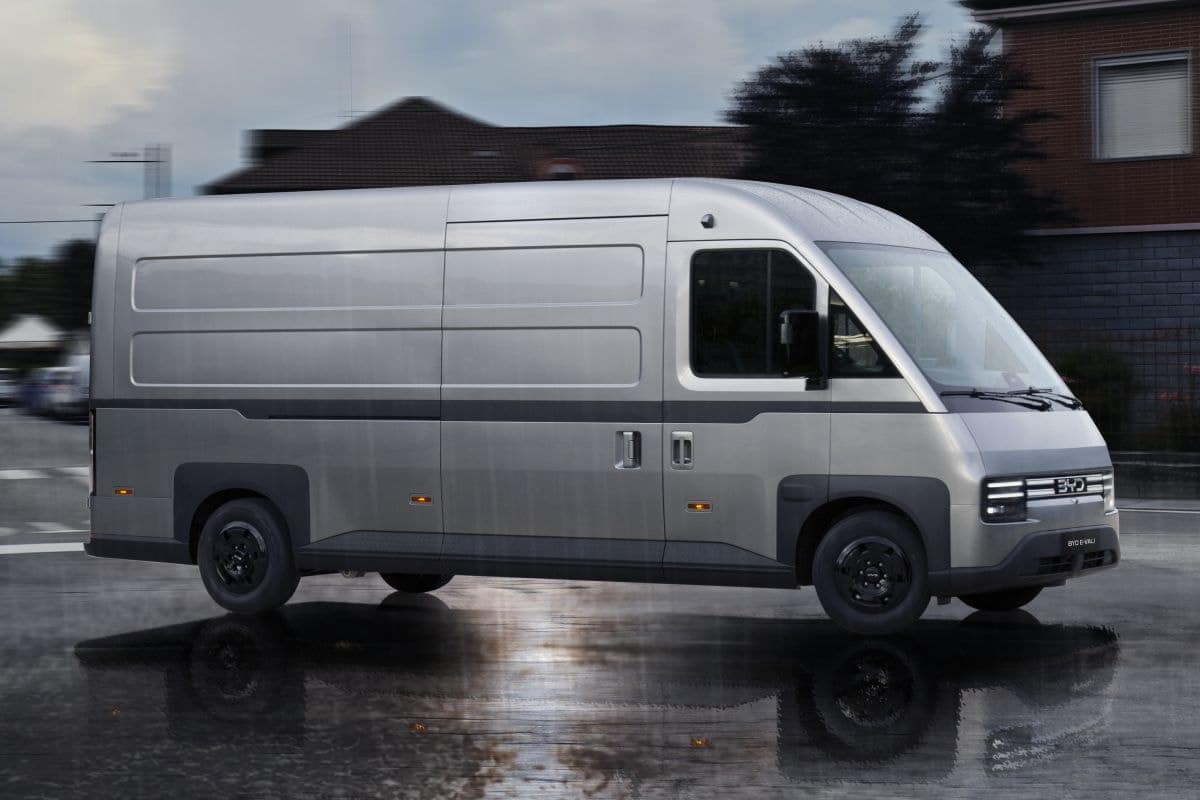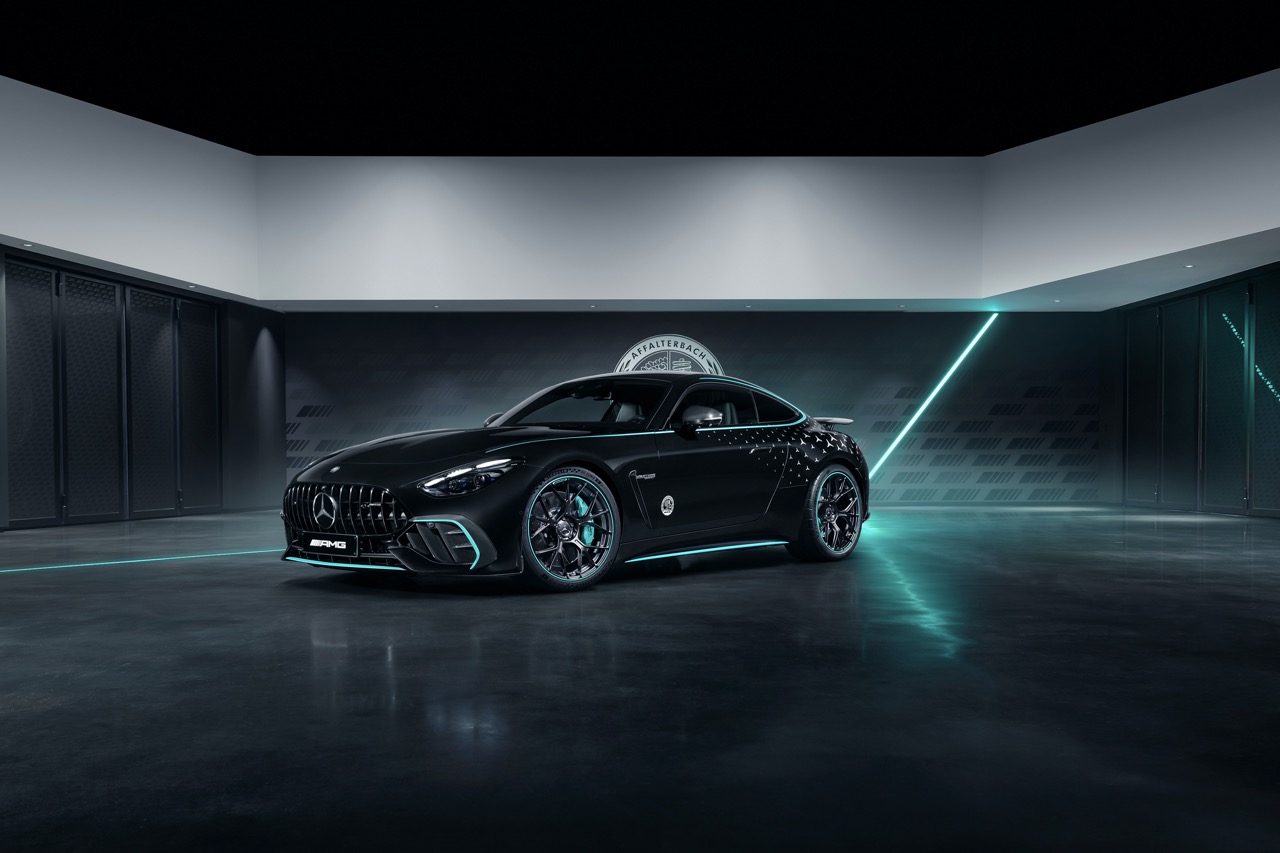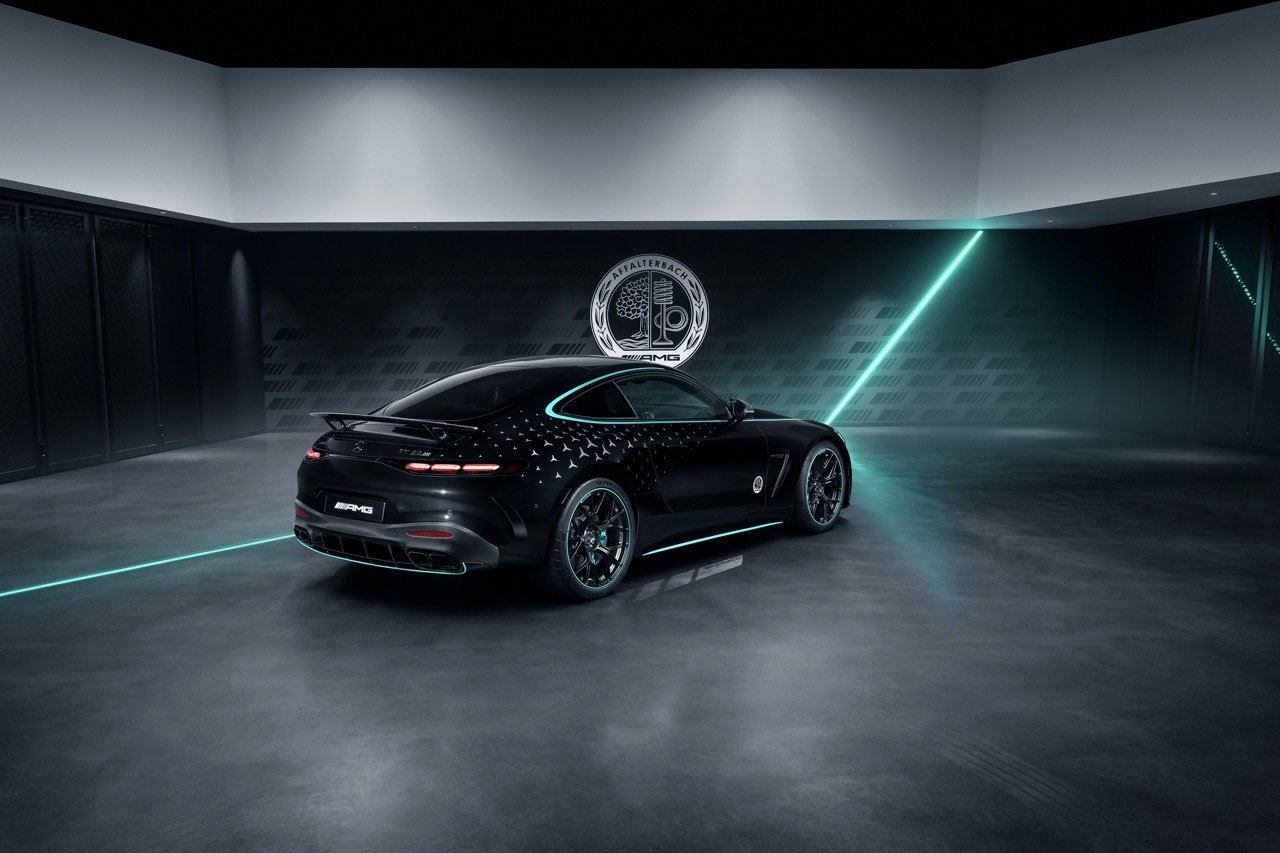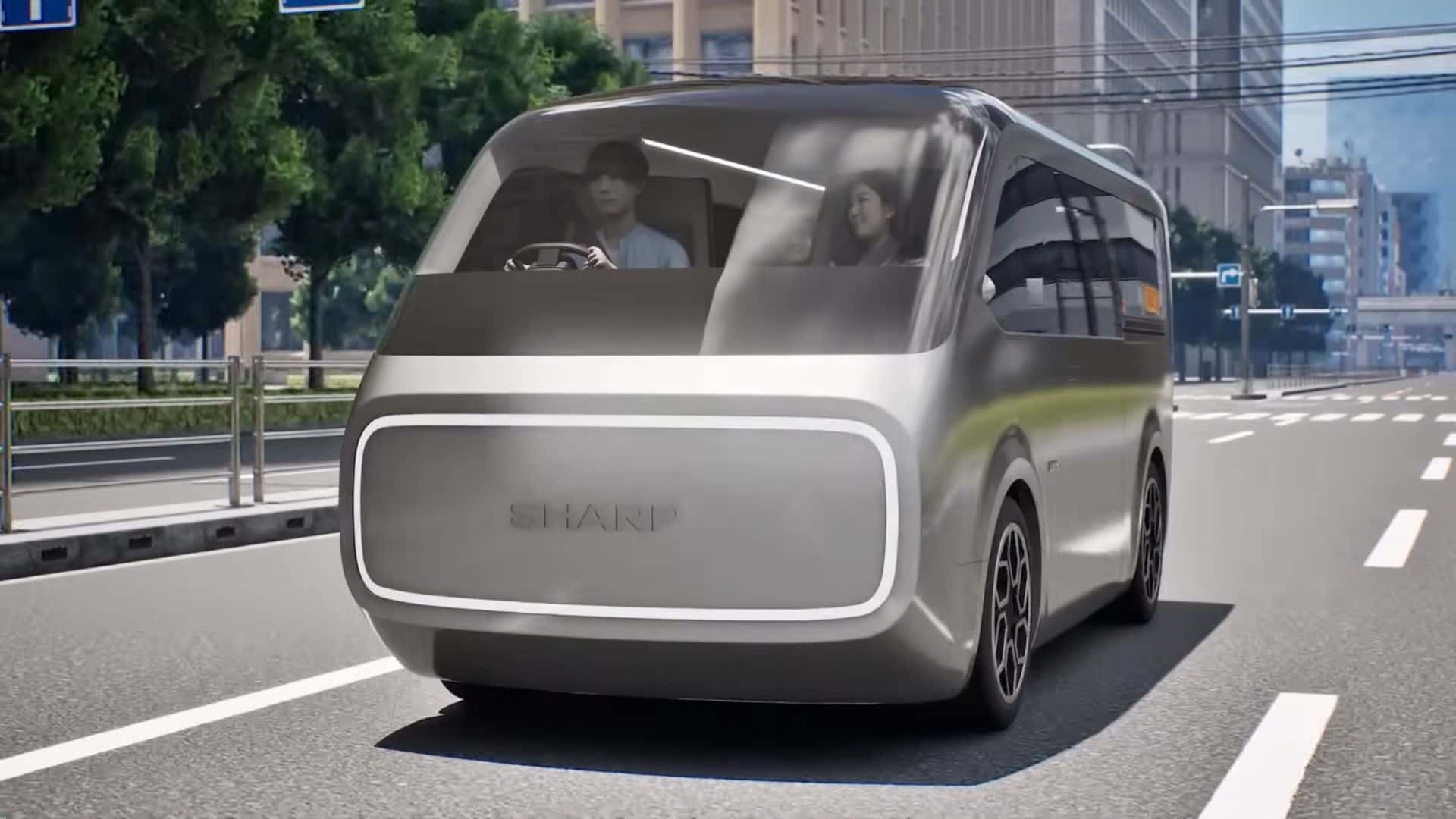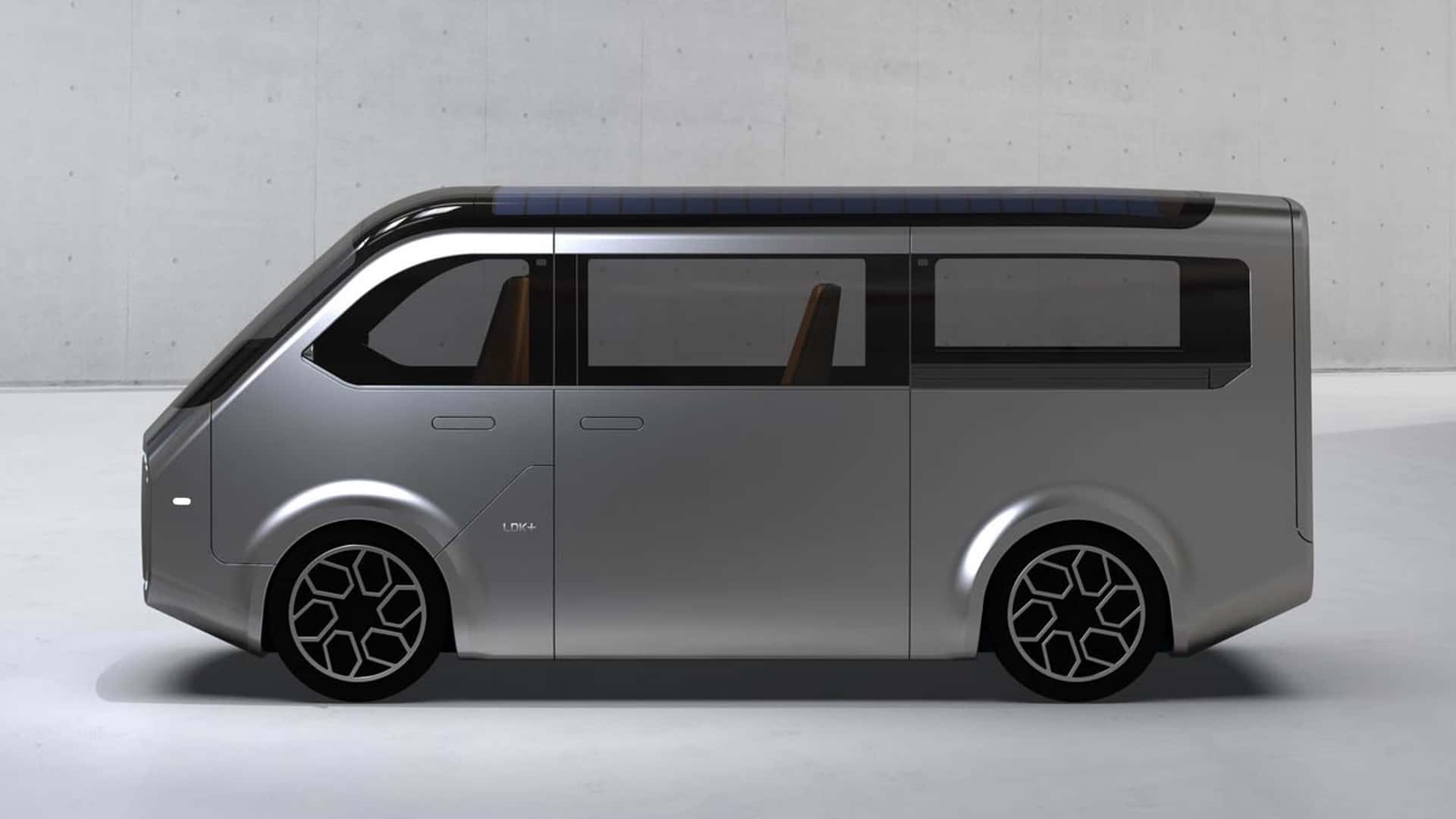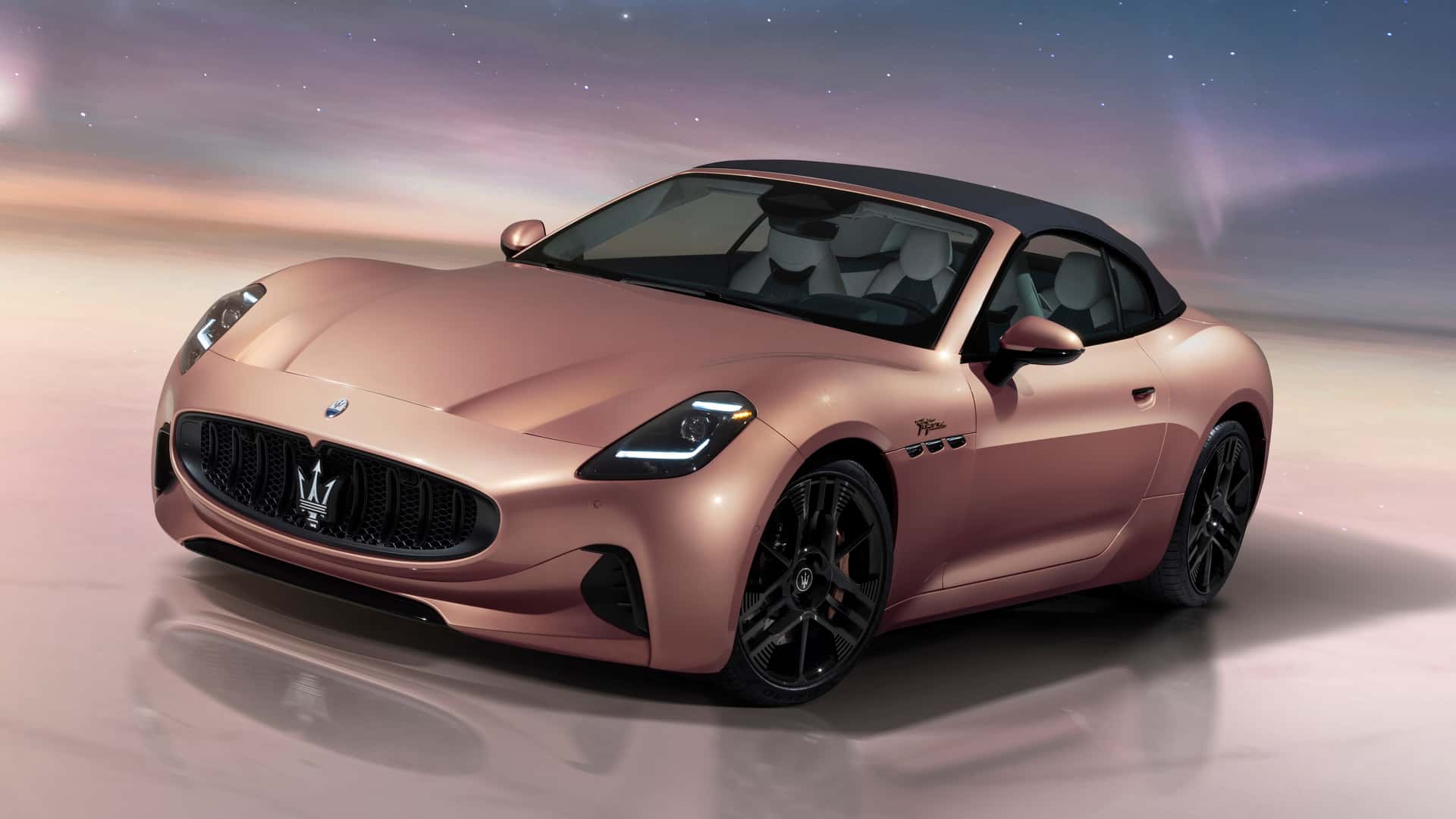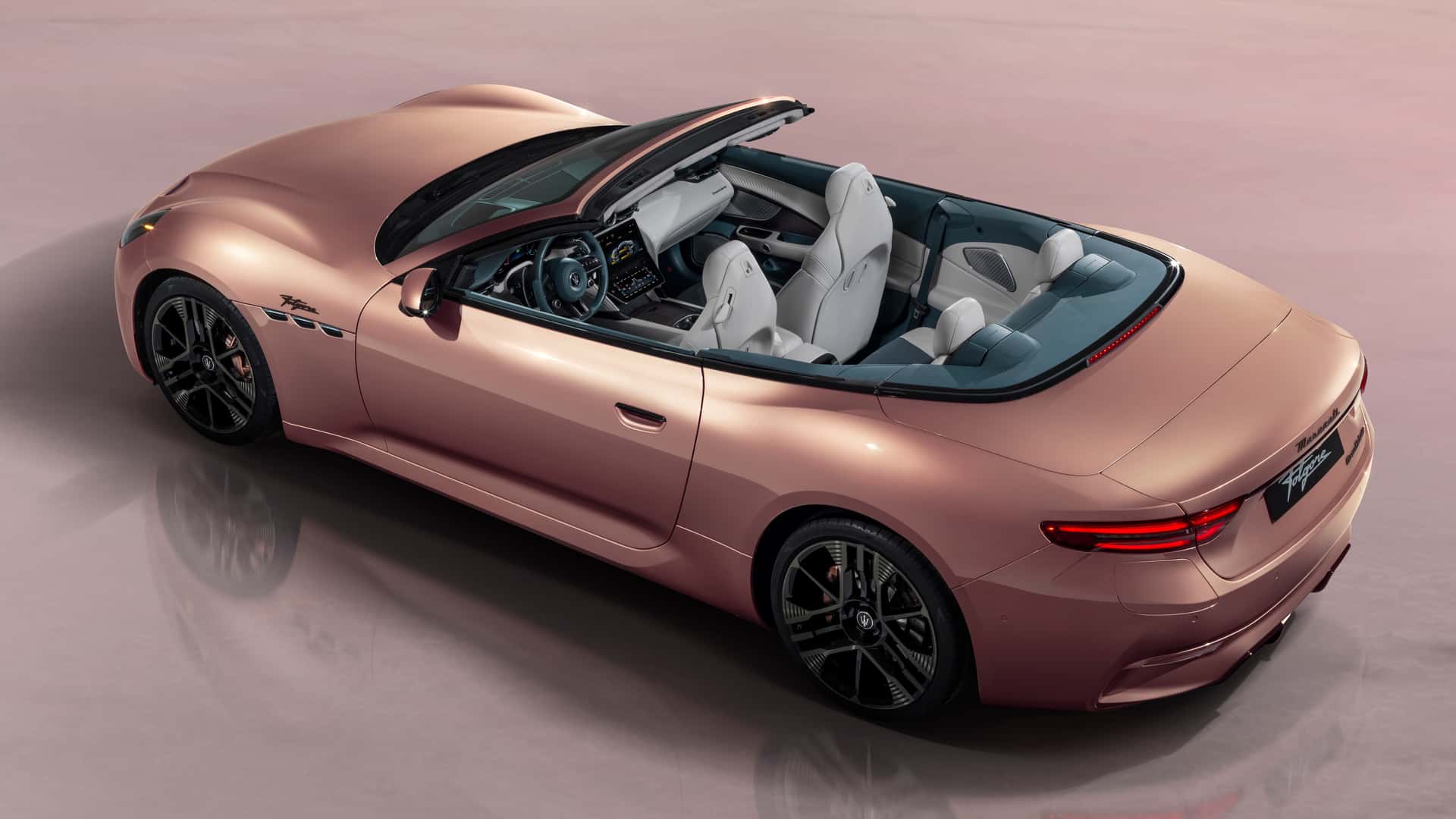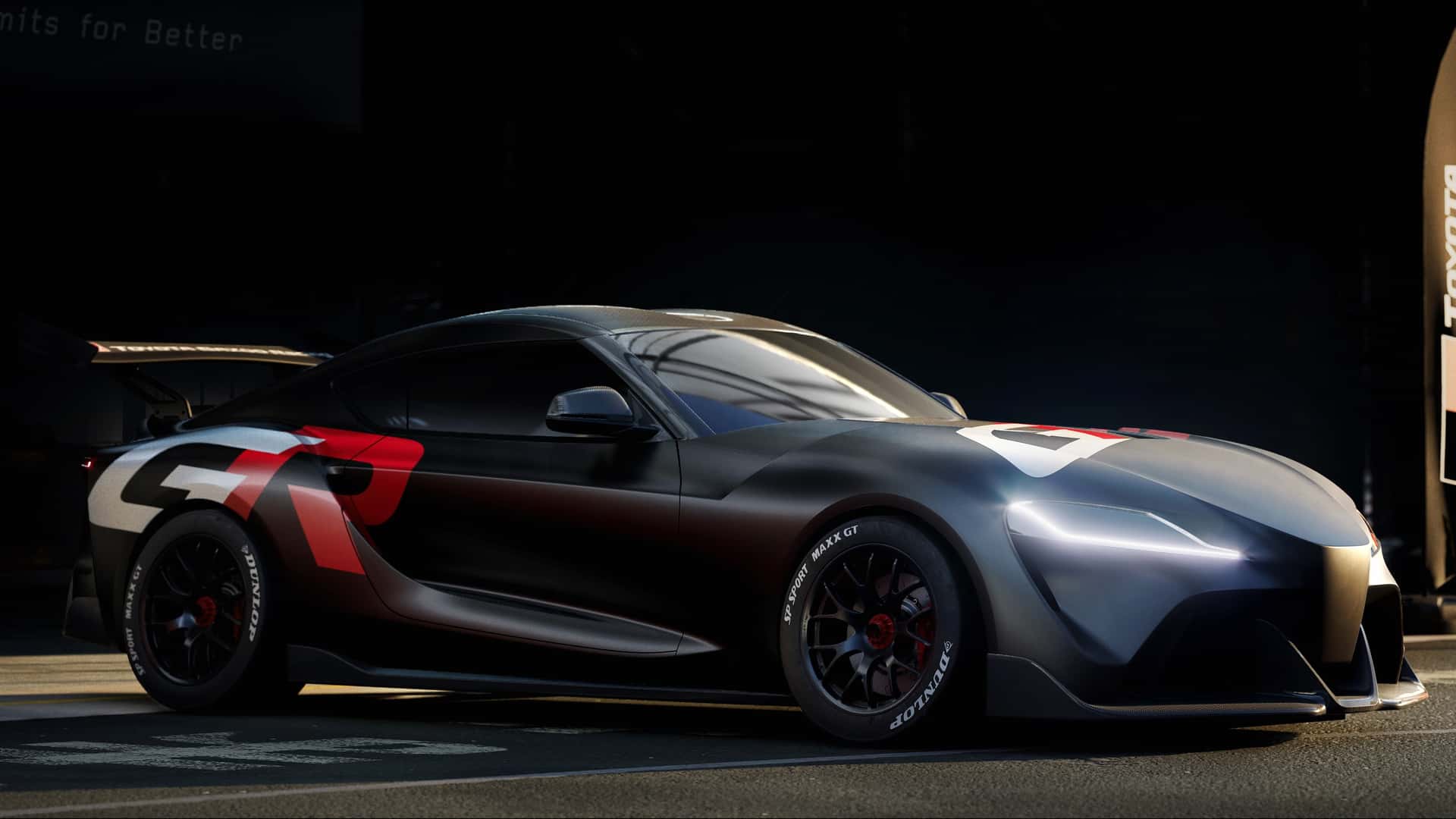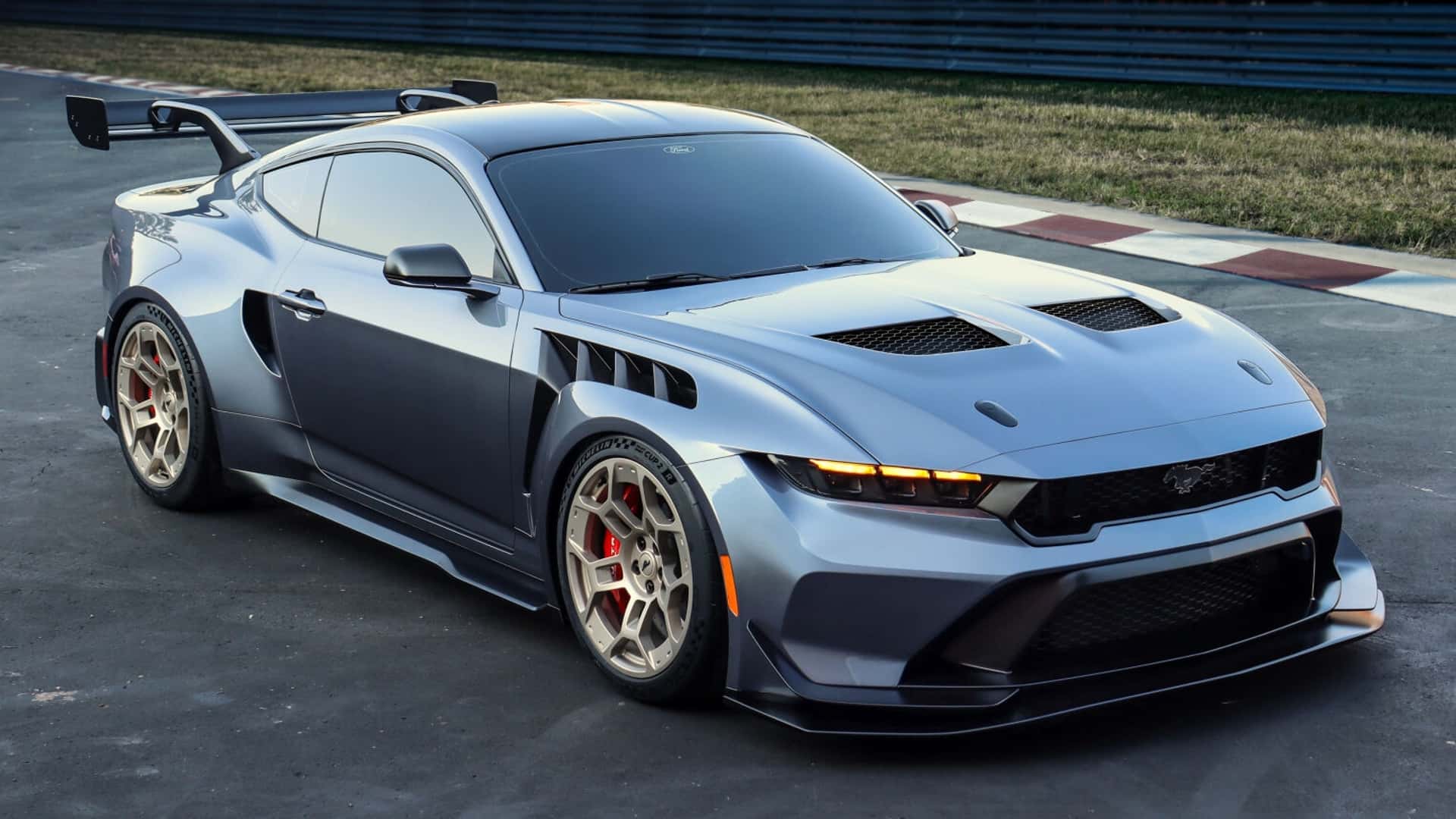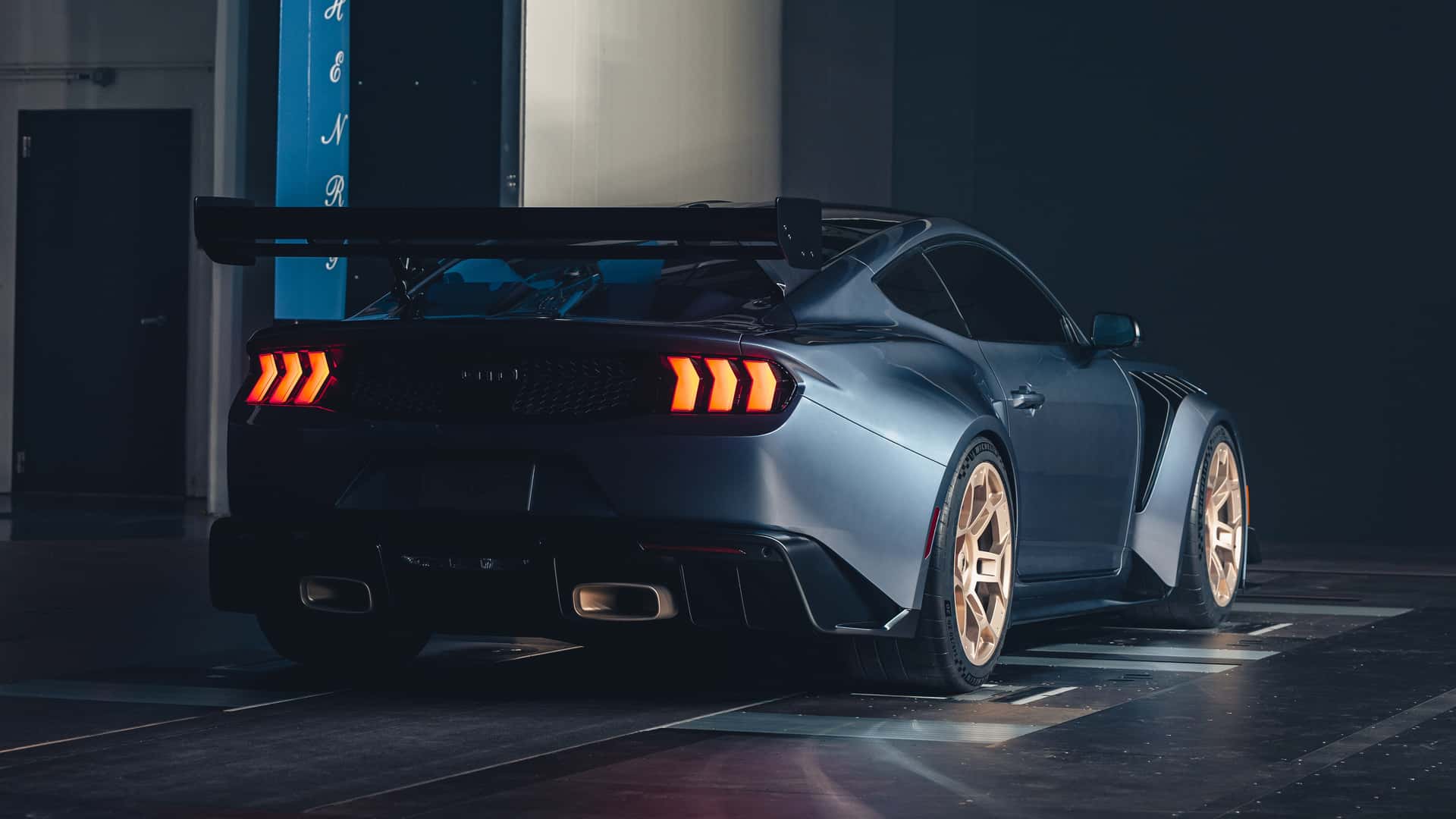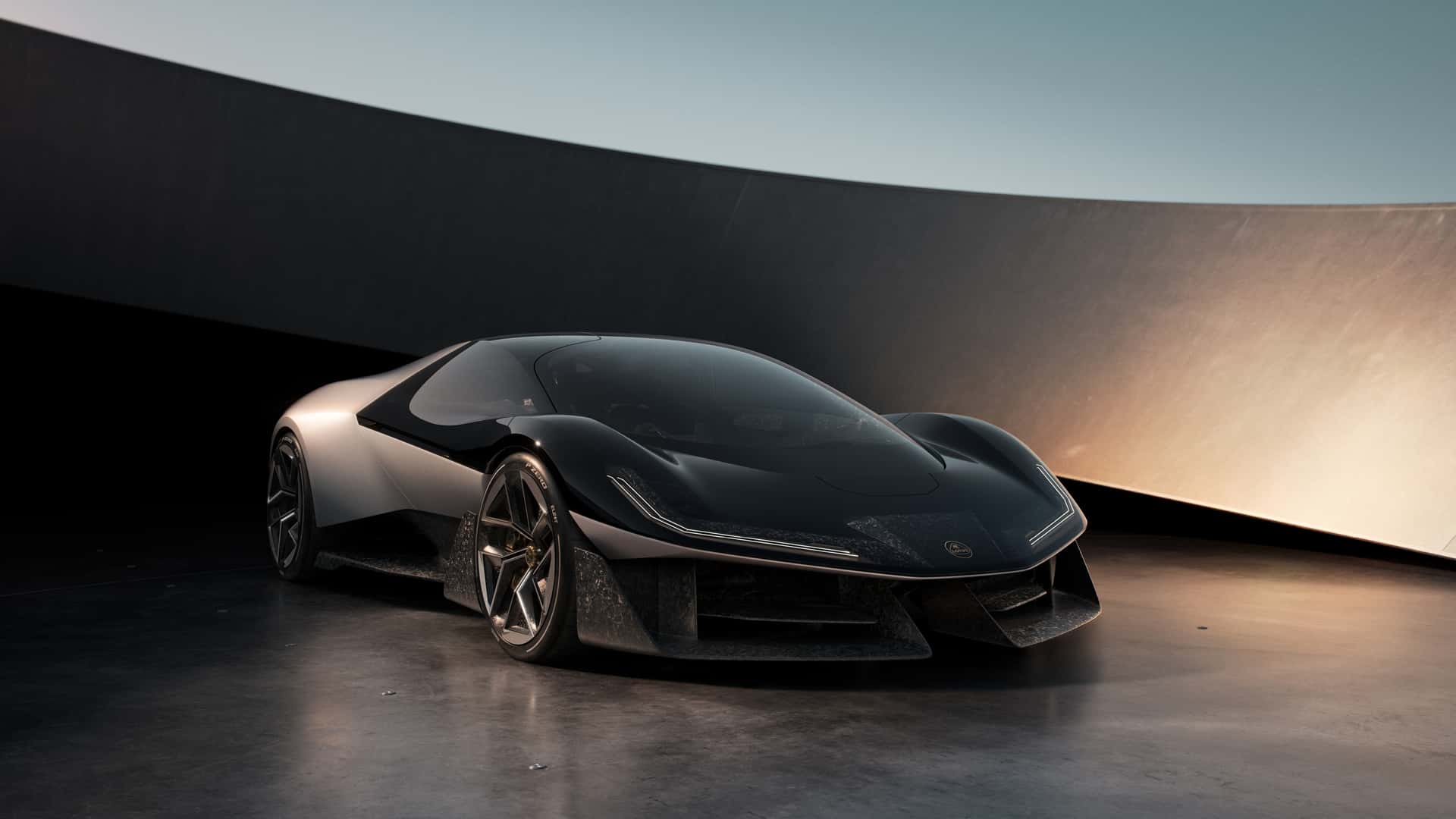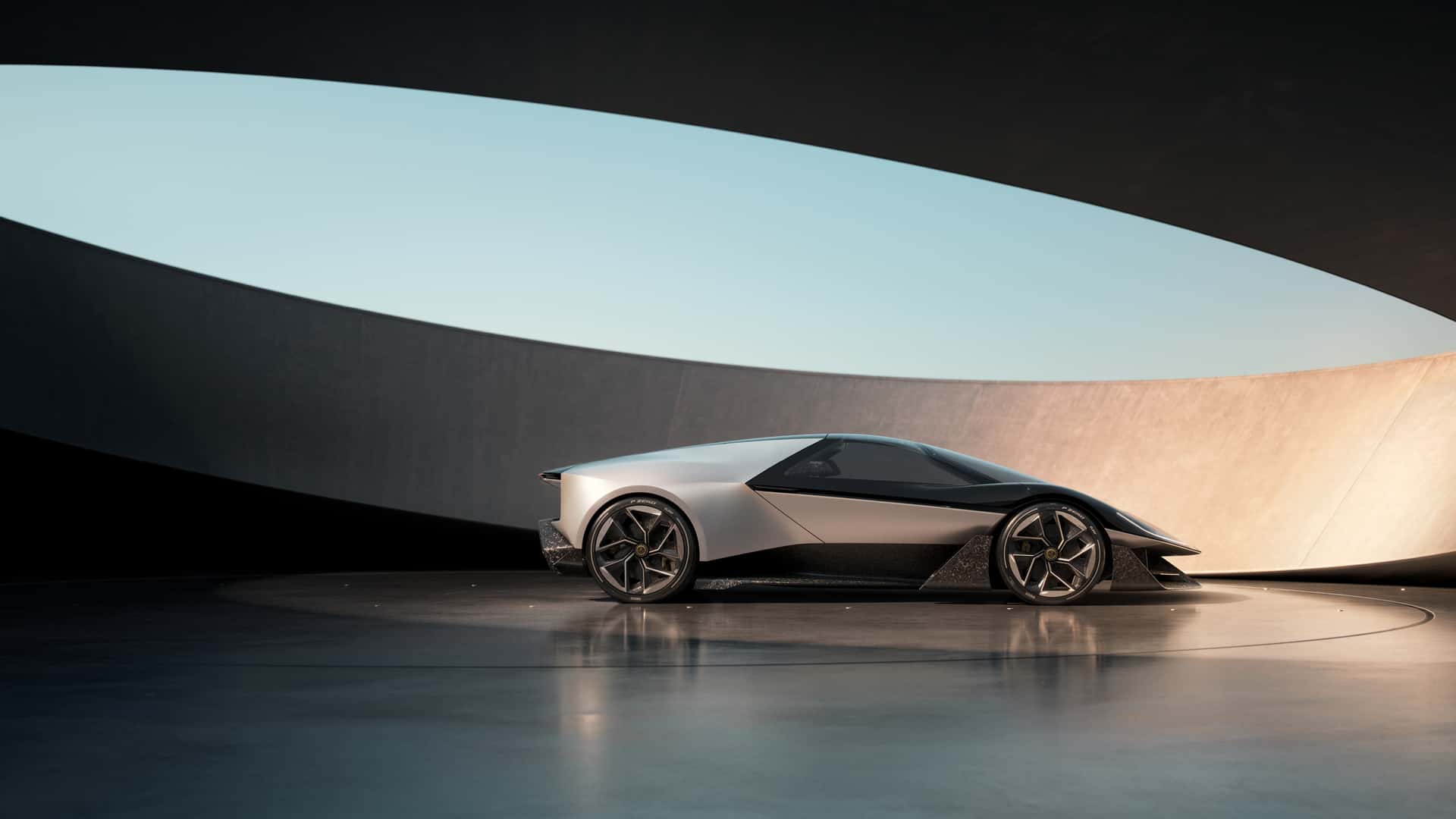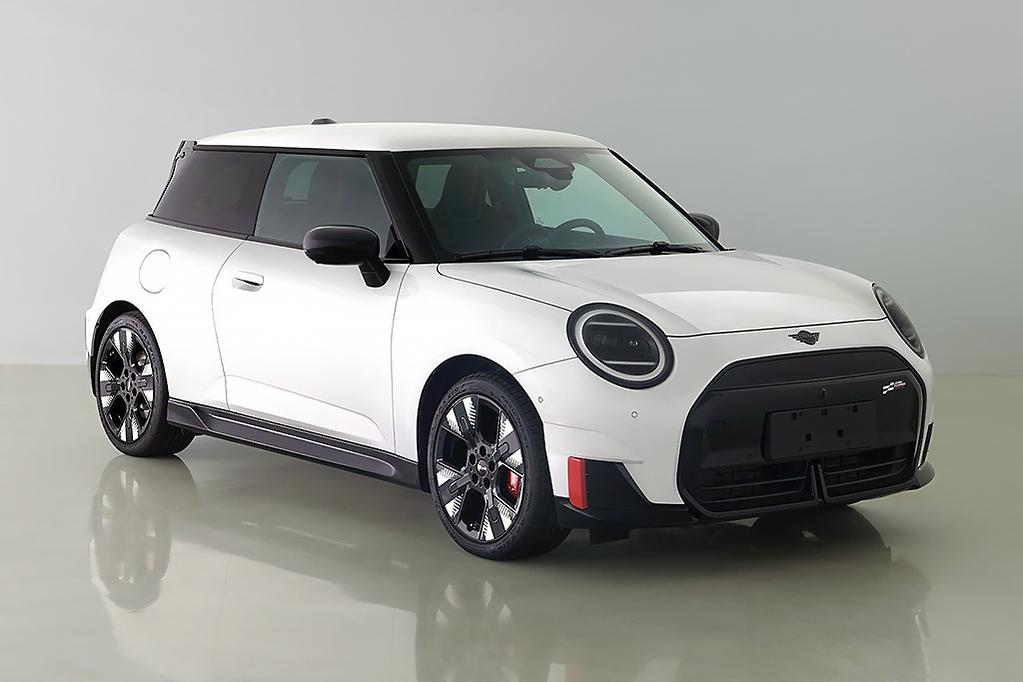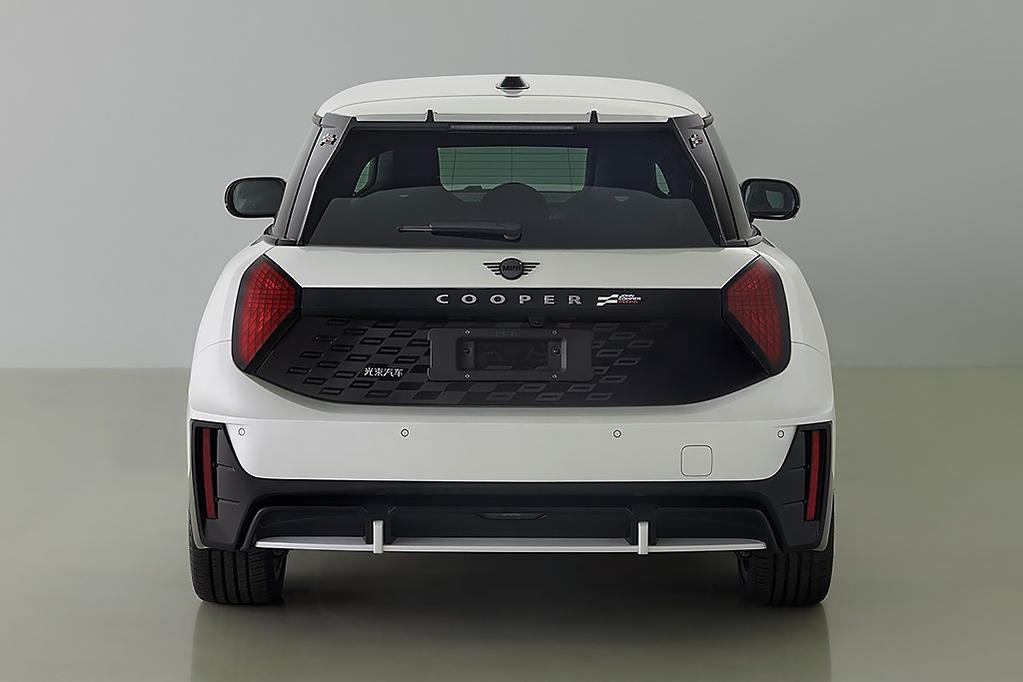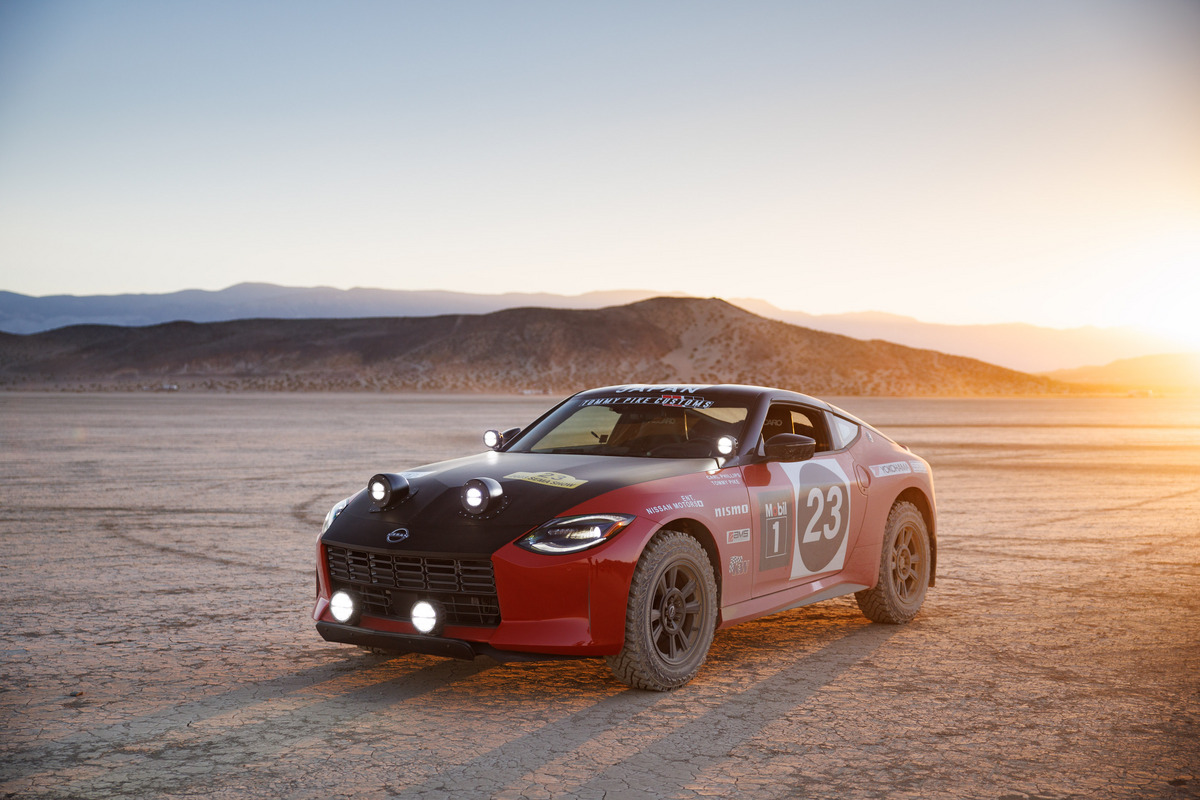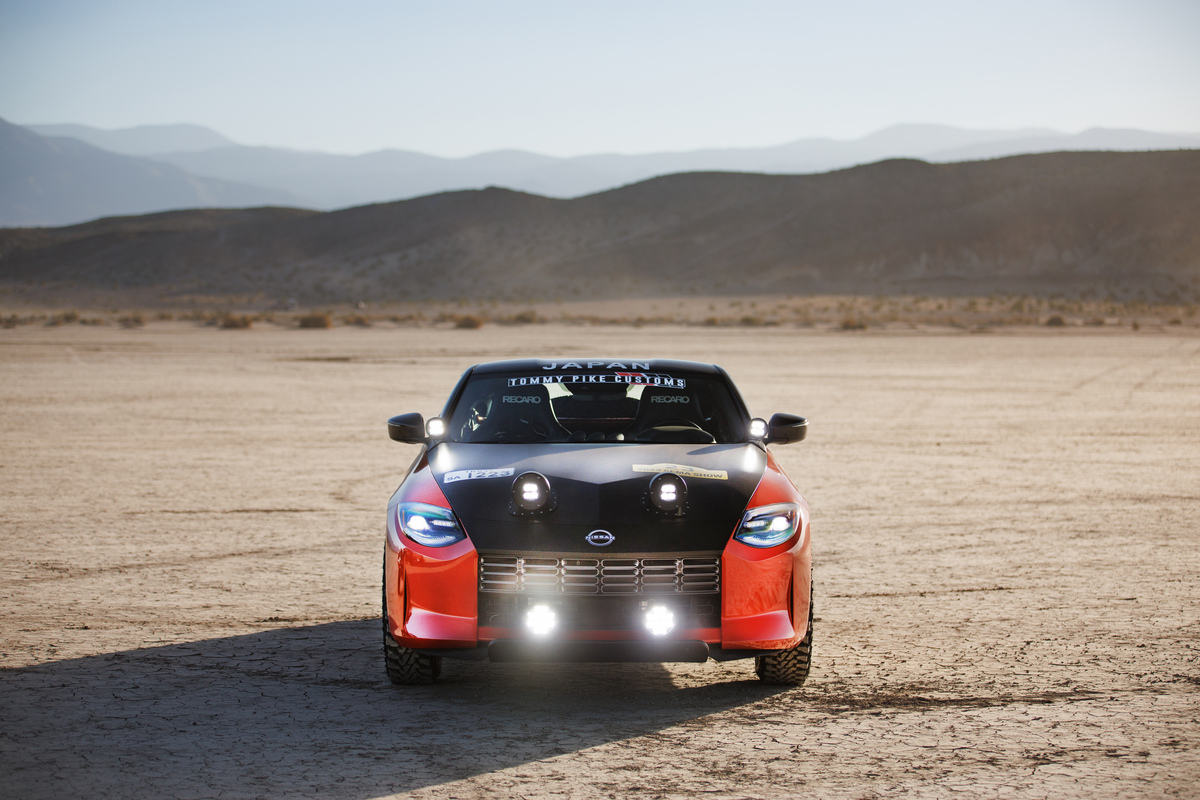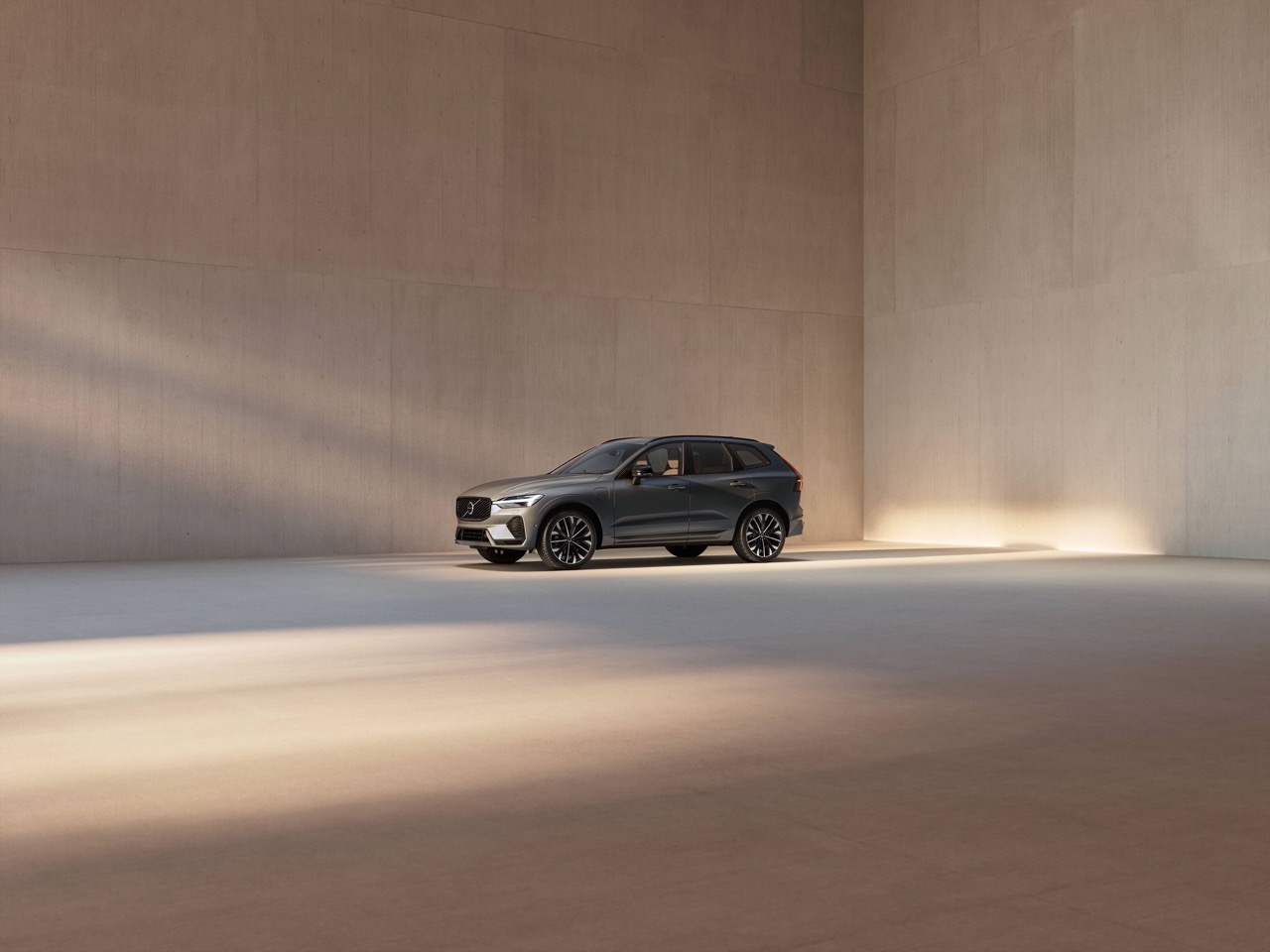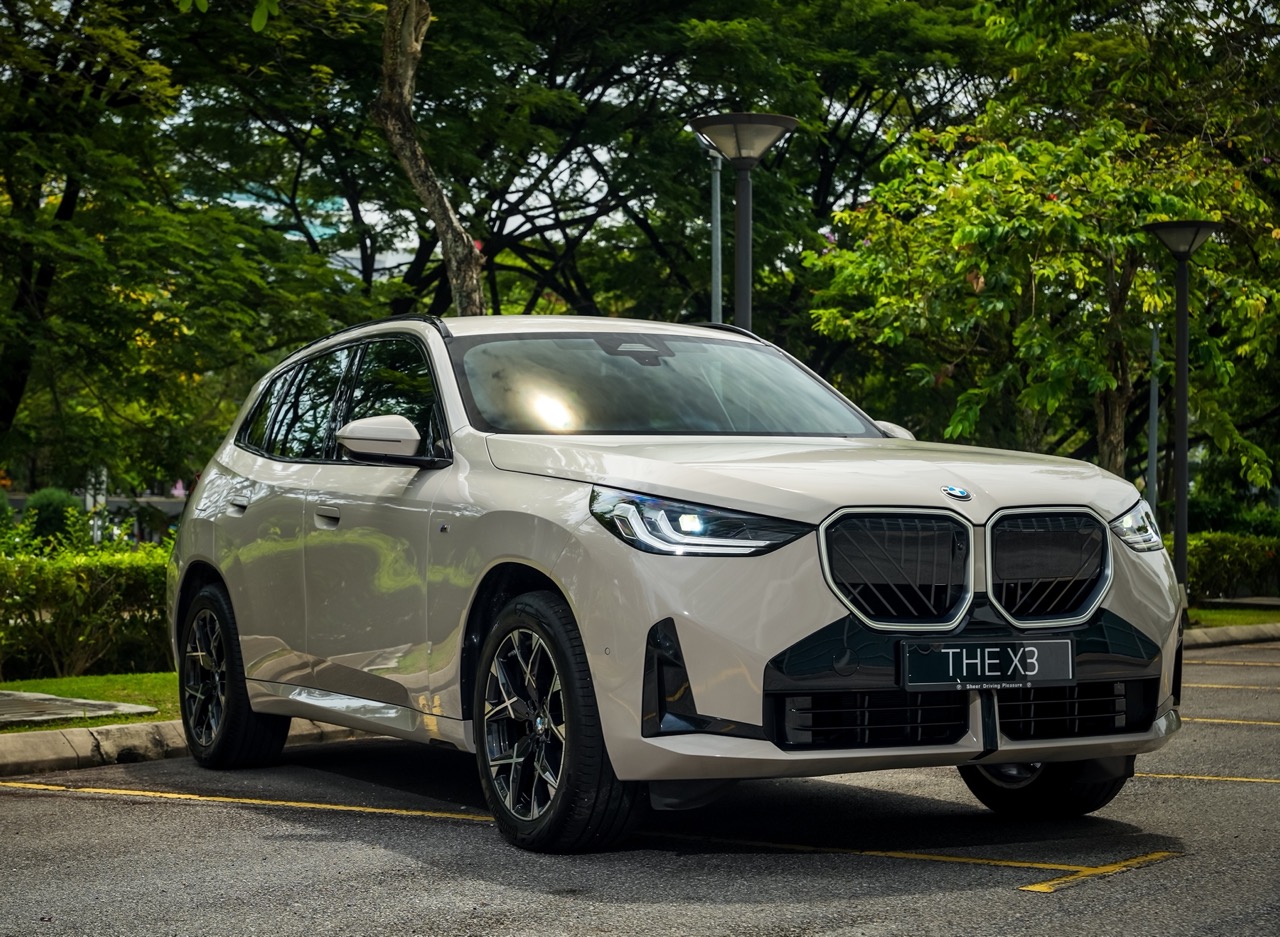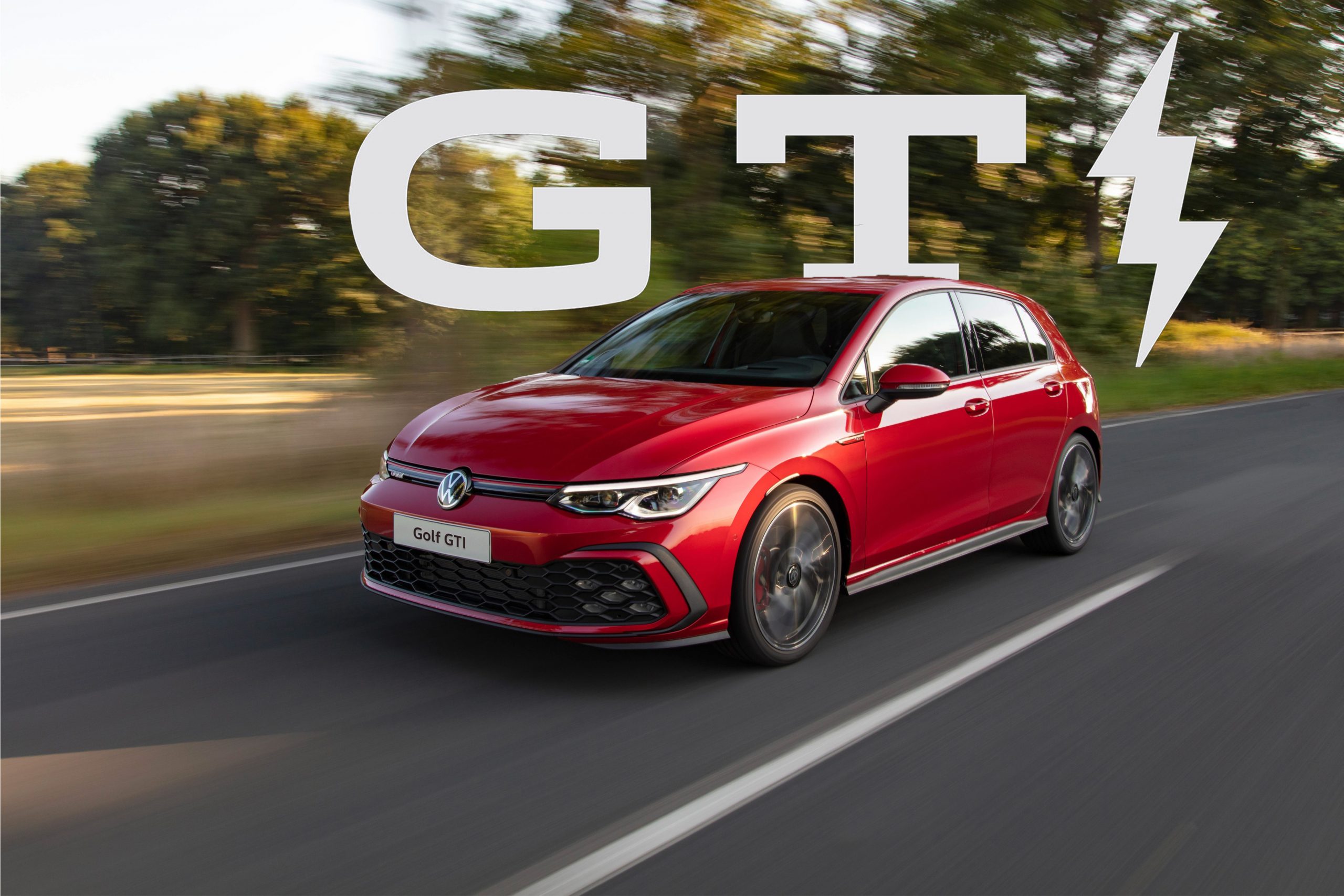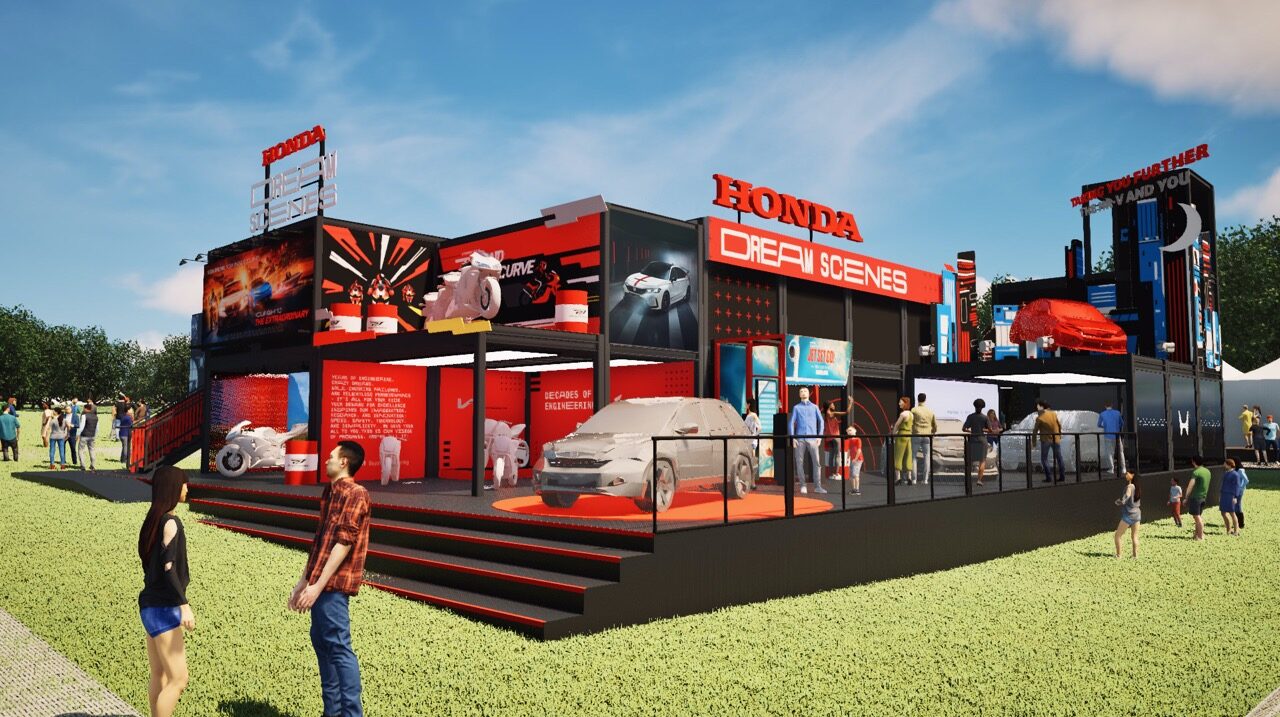At the IAA Transportation 2024 event in Hanover, Germany, BYD unveiled its latest innovation, the BYD E-Vali, a pure-electric light commercial vehicle (LCV) designed specifically for the European market. This 3.5-ton/4.25-ton electric LCV is aimed at the last-mile and package delivery sector, offering commercial fleets a sustainable and practical solution.
The BYD E-Vali is powered by the renowned Blade Battery, which boasts excellent safety, durability, and energy efficiency. It offers a range of 220-250 km (WTLP) on a single charge, and the battery can be fast-charged from 10% to 80% in just 30 minutes. The vehicle is available in two versions: the 3.5-ton model, and the 4.25-ton model, which is larger. The cargo volume reaches up to 17.9 cubic meters, and the 4.25-ton model can handle a payload of up to 1450kg.
Inside the cabin, the E-Vali integrates advanced features such as Adaptive Cruise Control, Forward Collision Warning, Automatic Emergency Braking, Blind Spot Detection, and Hill Hold Control through its suite of Advanced Driver Assistance Systems (ADAS). The cabin also includes over-the-air (OTA) support for Apple CarPlay and Android Auto, wireless charging, and voice control functionality, enhancing the driver’s comfort and convenience.





